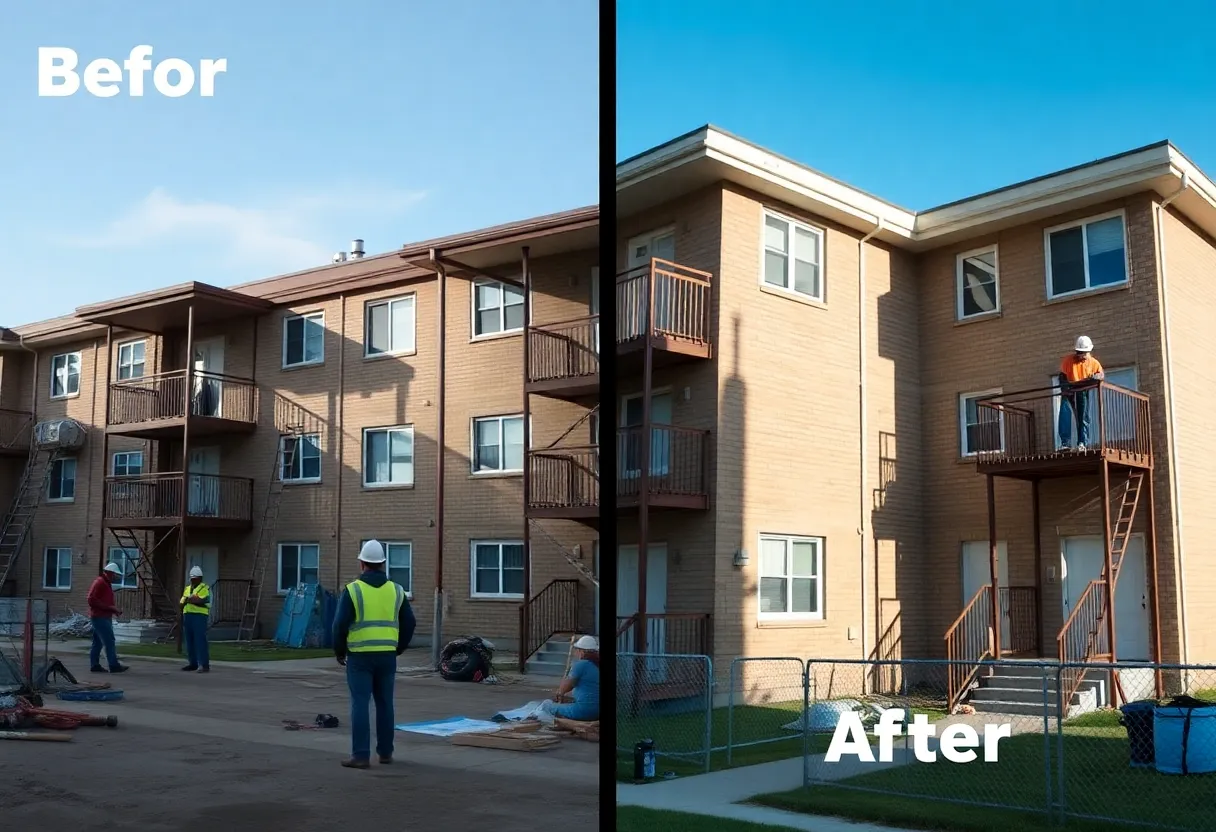Michigan Plans to Clear Over 400 Acres of State Forest for Solar Farm
Gaylord, MI to Lease State Forestland for Solar Farm
In Gaylord, Michigan, state officials have made a decision that will impact both the environment and the renewable energy sector. A massive 420-acre segment of state forestland will be cleared and repurposed for a solar farm, according to a top representative from the Michigan Department of Natural Resources (DNR). The land under consideration was part of a 1,200-acre public trust land assessment in Otsego County to evaluate its suitability for solar arrays.
A Bid to Boost Revenue and Renewable Energy
The land accounts for 35% of the assessed area and will join adjacent solar projects currently underway. The announcement comes as the DNR sees an erosion in revenue from hunting and fishing licenses. At the same time, Michigan’s efforts in renewable energy generation lag, risking its 2040 goal of achieving 100% clean energy. The DNR’s strategy to counteract these problems involves leasing 4,000 acres of public land across the state for renewable energy projects—including this latest development just west of Gaylord.
Leasing Notices and Local Response
In the coming days, a public notice will be published on the DNR’s website and local newspapers inviting competitive bids for the solar project. The DNR director of the public lands office, Scott Whitcomb, also notes the possibility of a public hearing if requested by local governments and the public. Whitcomb recognizes that the move will not be universally popular, but underscores the necessity of the decision to clear woodland to make way for renewable energy.
Critiques and Justifications
The decision to clear forestland for renewable energy development is not without controversy. Recent research from Harvard University and Chinese scientists indicates that losing forests to solar installations can lead to an increase in greenhouse gas emissions, as clearing cut forests diminishes natural photosynthesis—which turns carbon dioxide into oxygen—therefore exacerbating the climate crisis. However, Whitcomb maintains that developing the area, which is already “less-than-pristine” and bisected by a major powerline, is preferable in terms of infrastructure logistics and could help reduce the need for additional powerlines.
Facing the Climate Crisis
This decision for land conversion seems at odds with Michigan’s Healthy Climate Plan, which encourages land-use practices that reduce emissions—such as protecting Michigan’s land and water. To alleviate this conflict, Whitcomb suggests that part of future DNR solar leasing revenues could be used to purchase other lands more suitable for wildlife habitat, public access and carbon sequestration. He asserts that the revenue from land leasing is crucial not just for environmental measures, but also to support the agency’s operational costs.
Closing
As Michigan’s efforts to balance the challenges of the climate crisis, dwindling revenue sources for public service agencies, and the push towards renewable energy continue, this move might spark further discussion and action in both policy-making and public discourse.








